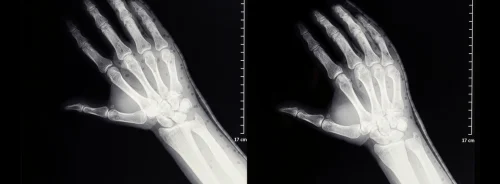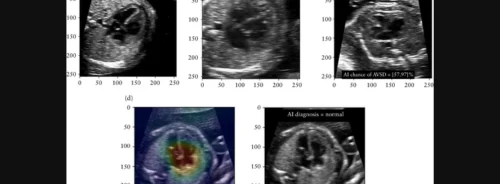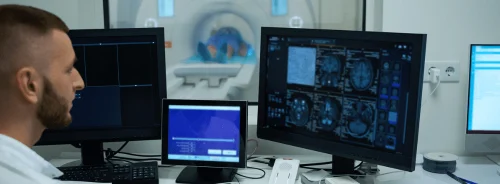HealthManagement, Volume 6 - Issue 5, 2006
Many healthcare facilities are committing a not inconsiderable
amount of human, technical and financial resources, to the installation and
implementation of mobile imaging informatics, providing remote access to exam
reports, patient files and images that can be used to speed up reporting,
queries and second opinions on diagnoses, as well as to improve access to
research and teaching files.
Due to the radical changes brought about by these technologies, radiological images from modalities including CT, MR and digital radiography, can be sent to one central image acquisition and storage device. The same images can then be circulated between different workstations, patient suites, handheld PDAs and the internet, via mobile links.
With these transformations, radiology departments have the potential to gain considerable benefits. The implementation of mobile technology also has the possibility to free radiologists from their stationary computer terminals and workstations and allow them greater contact with patients, clinicians and other involved professionals. These developments must not, however, reduce the standard and quality of radiological care and must be implemented in a secure way for the benefit of the patient.
In this edition, our cover story focuses on the many areas of workflow that can be supported by integration of mobile informatics. We address not only the limitations of this kind of technology, but also the significant benefits. While the ultimate mobile tool for radiologists may not exist, there are many options that will aid radiologists to provide faster and more timely healthcare. We welcome your thoughts and feedback.
Email your comments to: [email protected].
Prof. Iain McCall
Editor-in-Chief





